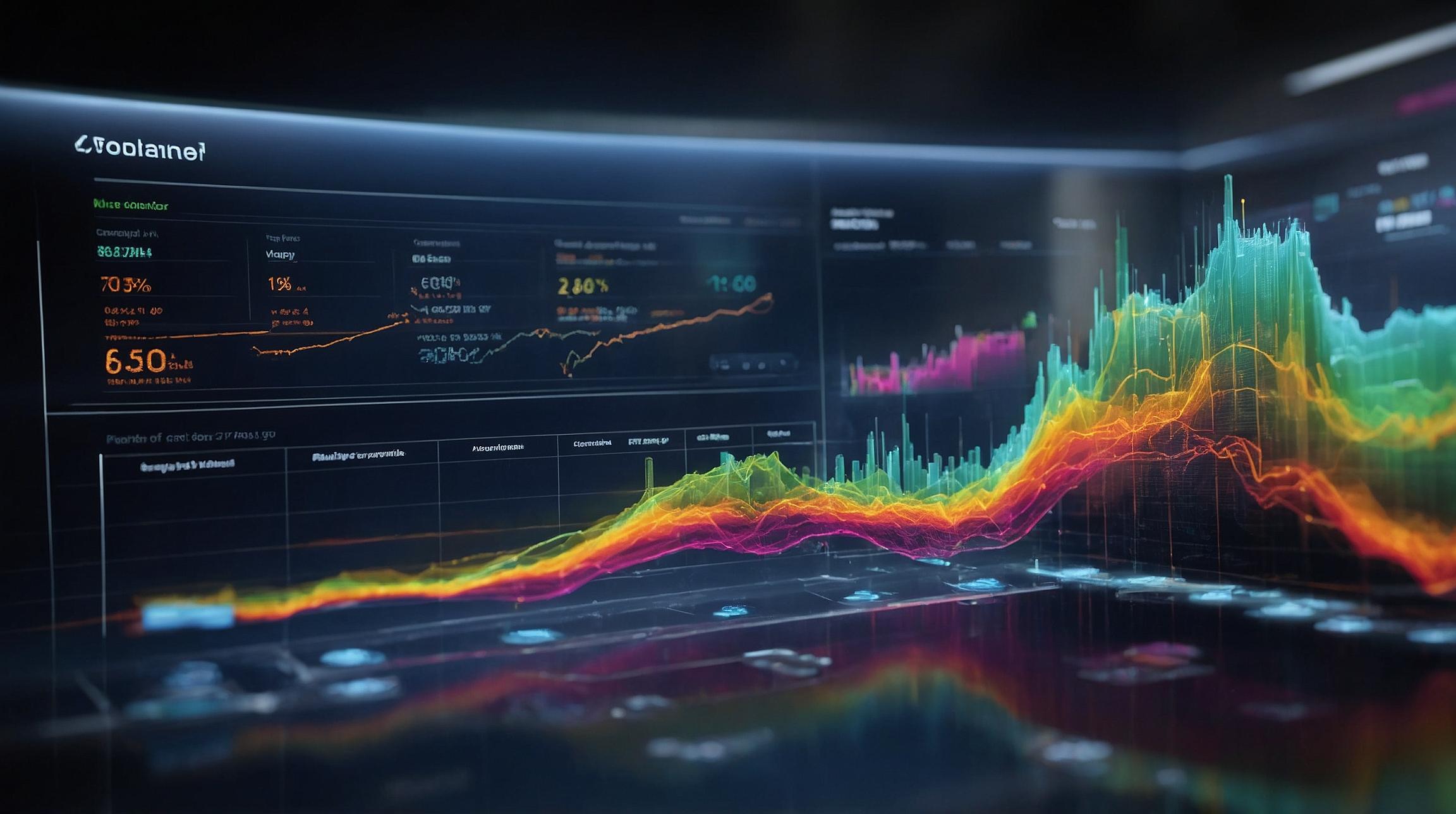Apple Vision Pro: A Bold Step into XR Headset Space
Apple made waves in June 2023 when it announced the Vision Pro headset, marking the company’s entrance into the XR headset market. The headset, set to launch in 2024, is a mixed reality device centered around AR. What sets it apart from other headsets on the market is its unique input method, which relies on eye and hand-tracking instead of traditional motion controllers. Many industry insiders have been eagerly awaiting Apple’s entry into the XR space, and its announcement has sparked debates about the future of the industry as a whole.
The Vision Pro’s $3,500 price tag has raised eyebrows, but Apple aims to drive costs down while maintaining a high-quality experience. In the near term, the headset’s biggest impact is likely to be on Meta, as it now has a major peer in the market that can’t be ignored. This competition between the two tech giants will likely lead to growth and innovation in the XR industry, ultimately benefiting end users. While it’s unclear how big of an impact the Vision Pro will have, its mature software platform and user-friendly interface have the potential to make a significant impact in the long run.
Sony’s Commitment to VR with the Launch of PlayStation VR 2
Sony finally solidified its commitment to VR with the launch of PlayStation VR 2. After years of uncertainty following the release of its first PSVR headset in 2016, Sony doubled down with the PSVR 2, which boasts unique features such as eye-tracking, head-haptics, and adaptive triggers. The headset launched alongside the first native VR game based on one of Sony’s major first-party IPs, Horizon Call of the Mountain.
Despite a strong launch, the PSVR 2 has struggled to gain significant traction. The dominance of Meta’s Quest headset has meant that the majority of games are built for Meta’s platform first and then ported to PSVR 2. Additionally, the price difference between the PSVR 2 and the Quest 2, along with the need to own a PS5, has hindered the headset’s adoption. Sony will need to kick things into gear in 2024 and focus on marketing the PSVR 2 and announcing new native VR titles to ensure the platform’s success.
HTC Vive XR Elite: A Competitor to Meta’s Quest Line
HTC made a renewed effort to compete with Meta’s Quest line by launching the Vive XR Elite. Priced at $1,100, the headset aimed to attract gamers with its standalone VR and MR capabilities. However, the Vive XR Elite struggled to find a strong position in the market due to its price and the lack of added value from its mixed reality features compared to the more affordable Quest 2. The enterprise sector remains HTC’s strong suit, as the company offers enterprise-focused software and solutions. HTC will need to bring something disruptive to the table and execute it perfectly to compete in the consumer space.
Meta Cuts Quest Pro Price, Facing Competition from Apple
Meta launched the Quest Pro in late 2022, positioning it as a device that would transform professional workflows. However, the headset’s hefty price tag of $1,500 proved to be a stumbling block, and Meta quickly reduced the price to $1,000 less than six months after launch. The Quest Pro’s mixed reality capabilities did not provide enough value to justify the initial price, and it struggled to find a strong position in the market.
Meta is facing competition from Apple’s Vision Pro, and it remains to be seen how the two tech giants will vie for dominance in the XR market. With Apple’s entrance into the space, Meta’s position as the leading standalone XR headset company is being challenged. It is uncertain whether Meta will continue to push the Quest Pro as a product line, and the company may be waiting to see the impact of Apple’s Vision Pro before making any major moves.
The Impact of Quest 2’s Popularity on Meta’s XR Strategy
Meta’s Quest 2, despite being three years old, remains the dominant VR headset in the market. The recent price drop to $250 for the holiday season has driven an influx of new users and extended the headset’s lifespan. Developers continue to primarily target the Quest 2 over the newer Quest 3, as it represents the majority of active VR headset usage. However, Meta’s challenge lies in retaining users and solving the retention issue.
While the popularity of the Quest 2 is a positive for Meta, the company’s emphasis on mixed reality poses a problem. With a larger market of Quest 2 users, developers have little incentive to create mixed reality applications. Without a consistent pipeline of attractive content, the value of mixed reality on Meta’s Quest Pro and Quest 3 falls short. Meta will need to carefully navigate its product positioning and direction to ensure the continued success of its XR strategy.
Analyst comment
1. Apple Vision Pro: Positive news. Market impact: Increased competition between Apple and Meta will drive growth and innovation in the XR industry, benefiting end users. Apple’s mature software and user-friendly interface have the potential for significant impact in the long run.
2. Sony’s Commitment to VR with PlayStation VR 2: Neutral news. Market impact: Sony will need to focus on marketing and announcing new native VR titles to ensure the success of PSVR 2. Price difference and competition from Meta’s Quest have hindered adoption.
3. HTC Vive XR Elite: Negative news. Market impact: HTC struggles to find a strong position due to the price and lack of added value compared to the more affordable Quest 2. Focus on enterprise sector is necessary.
4. Meta Cuts Quest Pro Price, Facing Competition from Apple: Neutral news. Market impact: Meta’s position as the leading XR headset company is challenged by Apple’s entrance. Meta may wait to see the impact of Apple’s Vision Pro before making major moves.
5. The Impact of Quest 2’s Popularity on Meta’s XR Strategy: Positive and Negative news. Market impact: Quest 2’s popularity is positive, but mixed reality poses a problem due to limited incentive for developers. Meta needs to carefully navigate its product positioning and direction for continued success.













